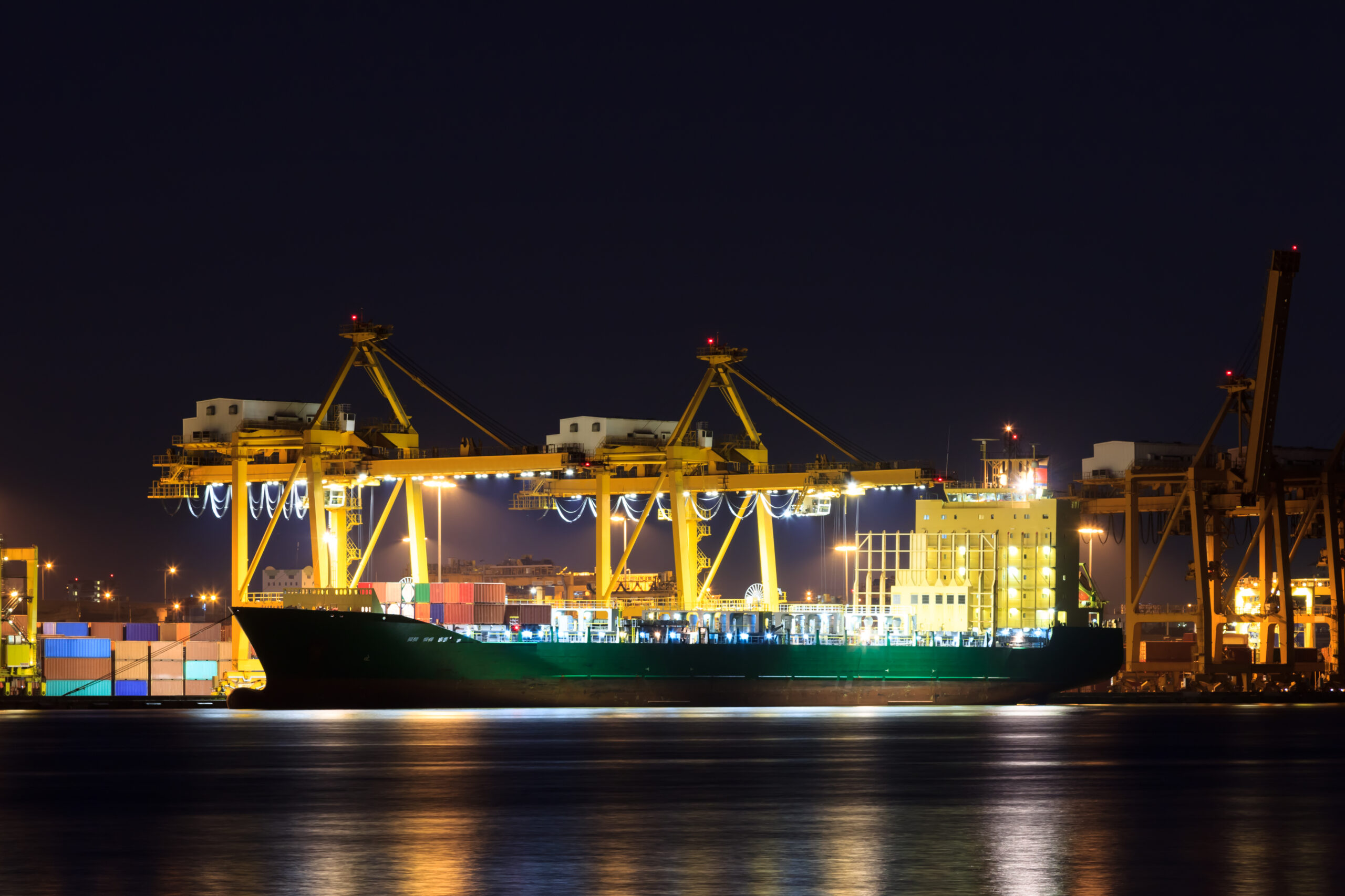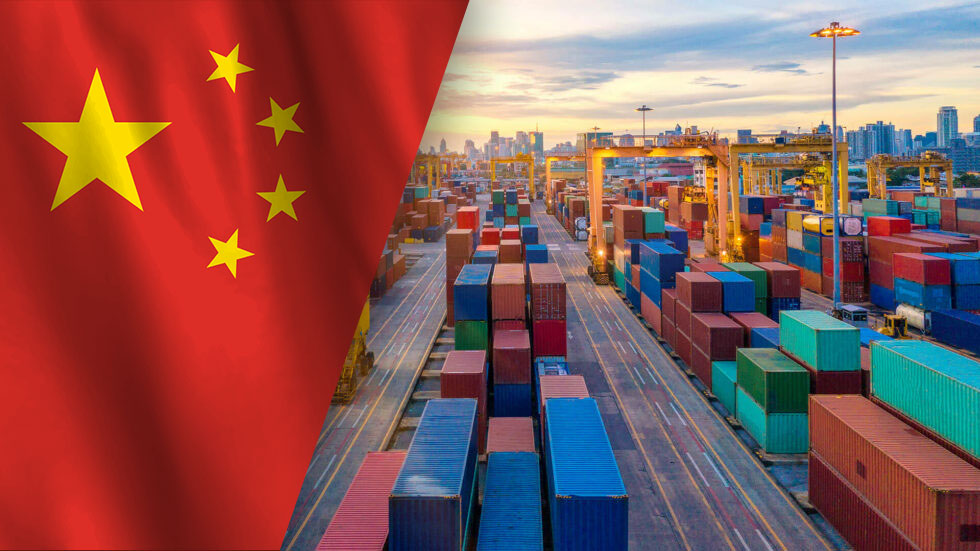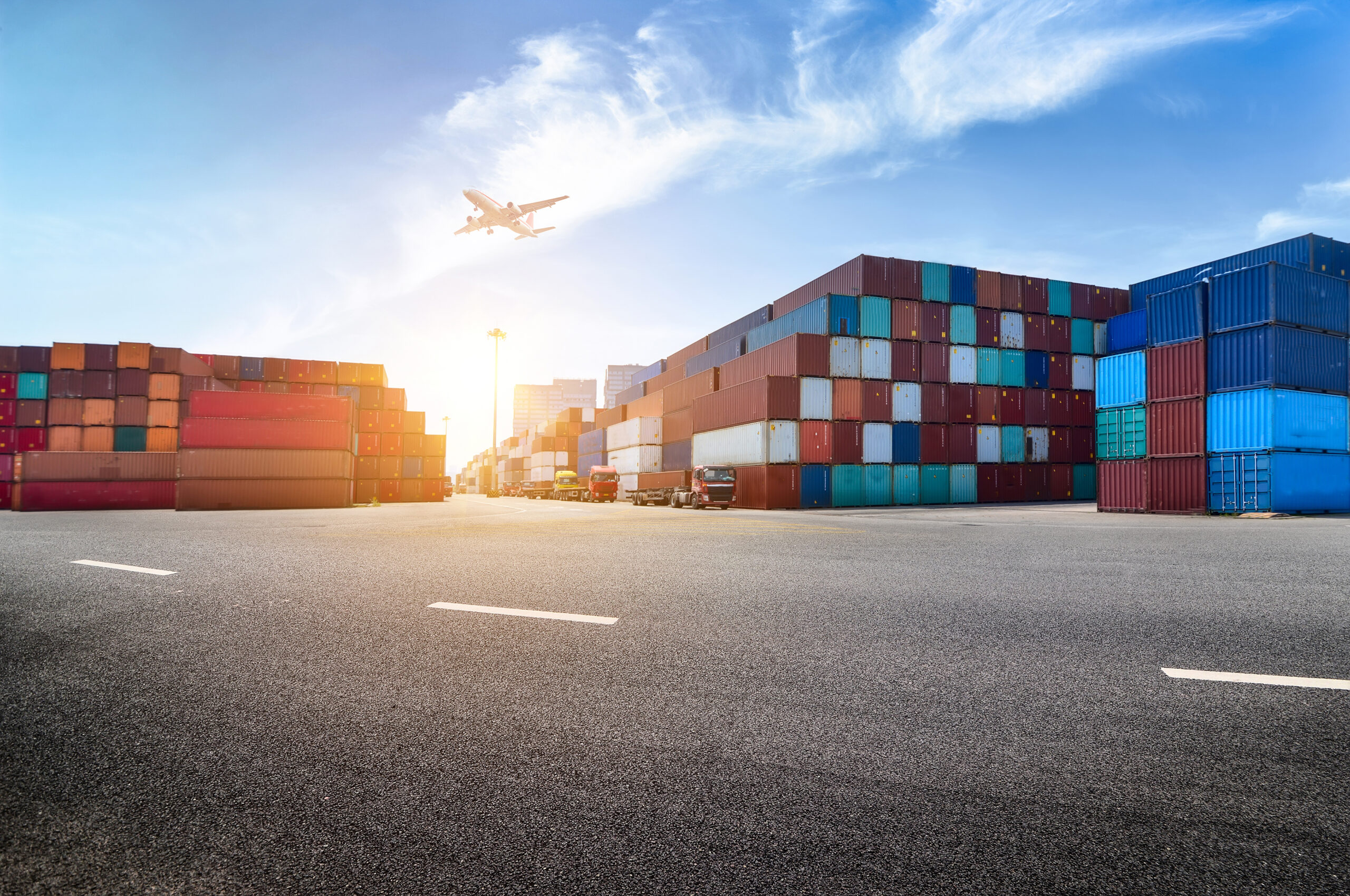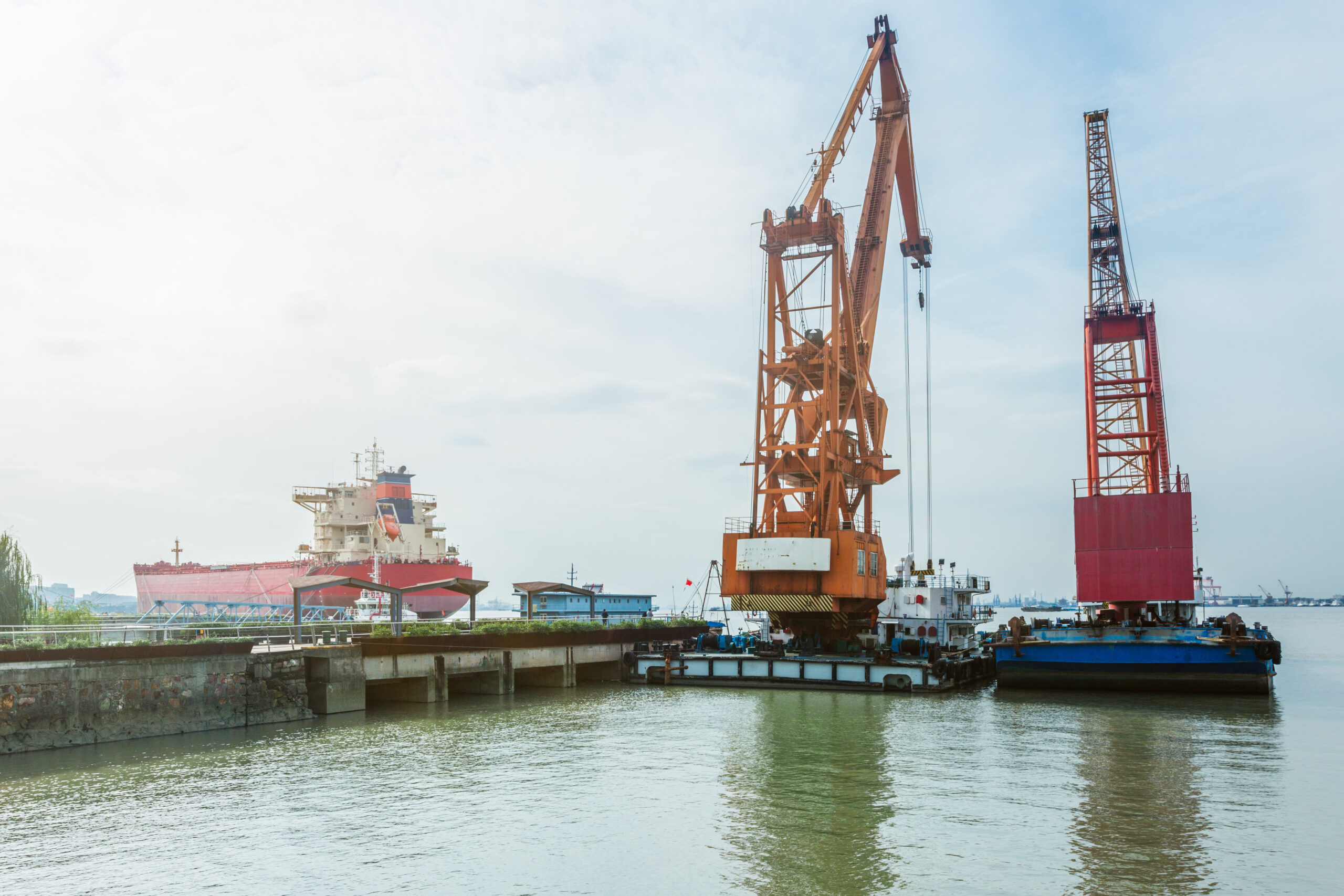6% Drop in Global Ocean Capacity Due to Red Sea Diversions
Four hundred and seventy-eight new ships will set sail this year, totaling 3.1 million TEUs in capacity and representing a 10% yearly growth in the global container fleet. The incoming vessels will help ease the additional stress placed on the global ocean supply chain, but it is unclear how long the Red Sea diversions will continue.
Carrier CMA CGM recently announced that, as of February 1, it has suspended all ship transits through the Suez Canal, joining other large carriers like Maersk and Hapag-Lloyd in choosing the longer route around southern Africa.
Sign up to Receive JMR’s Supply Chain News Roundup, Delivered Directly to Your Inbox Weekly
Forecasts Improve for US Import Growth in First Half of 2024
The latest GPT forecast for February’s imports predicts a 20.4% year-over-year growth from February 2023, compared with last month’s prediction of a 13.8% increase for the same period. Forecasts for March, April, and May have all improved compared with the previous month’s predictions, with March now forecasted with a 5.5% year-over-year growth, April 2.6%, and May 0.3%.
If the next few months match these predictions, the first half of 2024 would gain approximately 5.3% over the first half of 2023.
Lunar New Year Surges in Air Cargo Volumes and Rates
According to data from WorldACD, air shipments from China to North America rose by 14% in the week ending February 4 over the previous week. Meanwhile, China to Europe air rates increased by 8%. Other trade lanes out of China are also seeing more activity, particularly the air freight market from the Middle East to Europe after cargo is moved by ocean from China to the Middle East. Compared with the middle of January, February rates from the Middle East to Europe sit approximately 20% higher.
New Intermodal Container Facility Planned for the Port of Mobile
Shippers ask FMC to Provide More Oversight Regarding Red Sea Freight Surcharges
Since December 21, container lines have been granted seven emergency waivers, which allow them to immediately add surcharges without providing a month’s notice as stipulated under US shipping law. While some additional charges have only added $150 to each container, some have added as much as $2,700 to container prices. A few of the emergency waivers granted to carriers have also been approved in a single day, leaving many US shippers worried that without more FMC involvement and oversight, ocean carriers might actually recover more money than what they need to cover the additional transportation costs.
In a hearing with shippers, FMC Chairman Daniel Maffei stated that it is possible that carriers might recoup more than what is needed to cover the additional costs, but that is essential to prevent the complete loss of some services. Carriers still have to justify any additional charges to the FMC in their applications.
The extra surcharges are hitting US ag exporters more than other exporters since much of the agricultural export market sells cargo with shipping expenses included. With freight costs pre-paid by the customer, subsequent surcharges are often absorbed by the ag exporter as they cannot recuperate the extra fees from their customer on short notice.
(Photo Source: Hennie Stander | Unsplash)






